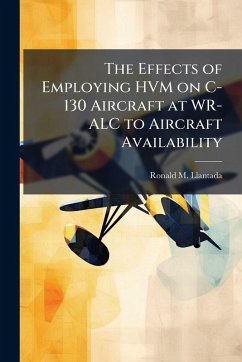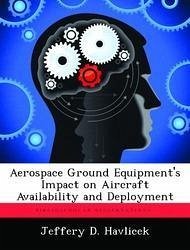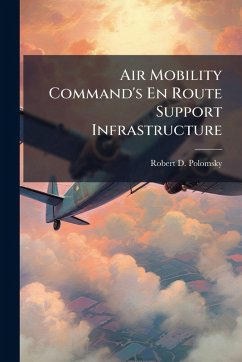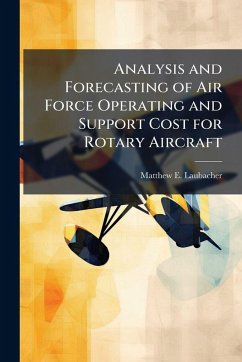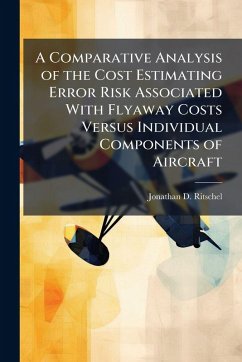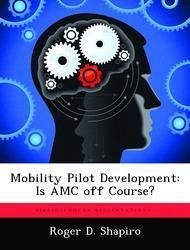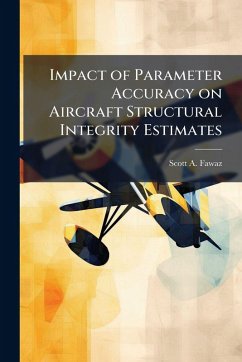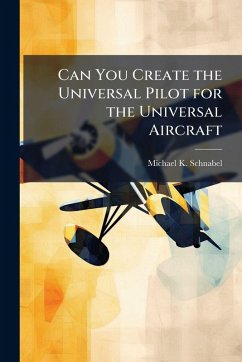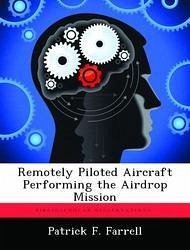
An Analysis of the Impact of Base Support Resources on the Availability of Air Mobility Command Aircraft
Versandkostenfrei!
Versandfertig in über 4 Wochen
15,99 €
inkl. MwSt.

PAYBACK Punkte
8 °P sammeln!
Over the past decade, the nation's military has grown increasingly reliant upon strategic airlift capability. In the post-Cold War era, military doctrine has shifted from an inventory policy favoring overseas basing and prepositioned materiel to a transportation policy that concentrates on the rapid deployment of forces. Much of the responsibility for providing timely global mobility belongs to the Air Mobility Command (AMC) and its fleet of strategic cargo aircraft. Despite the emphasis that has been placed on strategic airlift capability, several recent studies indicate the DoD may possess i...
Over the past decade, the nation's military has grown increasingly reliant upon strategic airlift capability. In the post-Cold War era, military doctrine has shifted from an inventory policy favoring overseas basing and prepositioned materiel to a transportation policy that concentrates on the rapid deployment of forces. Much of the responsibility for providing timely global mobility belongs to the Air Mobility Command (AMC) and its fleet of strategic cargo aircraft. Despite the emphasis that has been placed on strategic airlift capability, several recent studies indicate the DoD may possess insufficient lift capacity to meet current theater requirements. The AMC Directorate of Logistics is responsible for ensuring AMC aircraft are available to accomplish the mission. Currently, however, the organization lacks an objective tool for assessing the impact of proposed operations on the health of the fleet. To improve this process, the Directorate has initiated the development of a Mobility Aircraft Availability Forecast (MAAF) simulation model designed to identify alternatives and associated impacts on aircraft availability, manpower, and cost. This research seeks to assist the MAAF development effort by identifying and demonstrating how different base support factors impact the availability of AMC aircraft. To address this research objective, multiple simulation models were developed using the Airfield Simulation Tool (AST). The impact of changing resource levels was assessed for different locations and aircraft arrival profiles. Results of this research yield practical implications for developers of the MAAF model and air mobility planners. This work has been selected by scholars as being culturally important, and is part of the knowledge base of civilization as we know it. This work was reproduced from the original artifact, and remains as true to the original work as possible. Therefore, you will see the original copyright references, library stamps (as most of these works have been housed in our most important libraries around the world), and other notations in the work. This work is in the public domain in the United States of America, and possibly other nations. Within the United States, you may freely copy and distribute this work, as no entity (individual or corporate) has a copyright on the body of the work. As a reproduction of a historical artifact, this work may contain missing or blurred pages, poor pictures, errant marks, etc. Scholars believe, and we concur, that this work is important enough to be preserved, reproduced, and made generally available to the public. We appreciate your support of the preservation process, and thank you for being an important part of keeping this knowledge alive and relevant.



